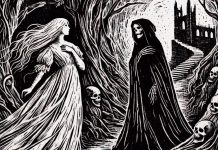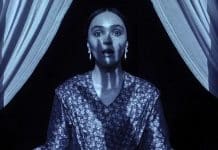Florence Marryat redefined Victorian vampire literature in The Blood of the Vampire, blending a female vampire character with themes of race, gender, and the occult. ANDREW GARVEY looks at the Victorian novelist’s forays into spiritualism and vampires
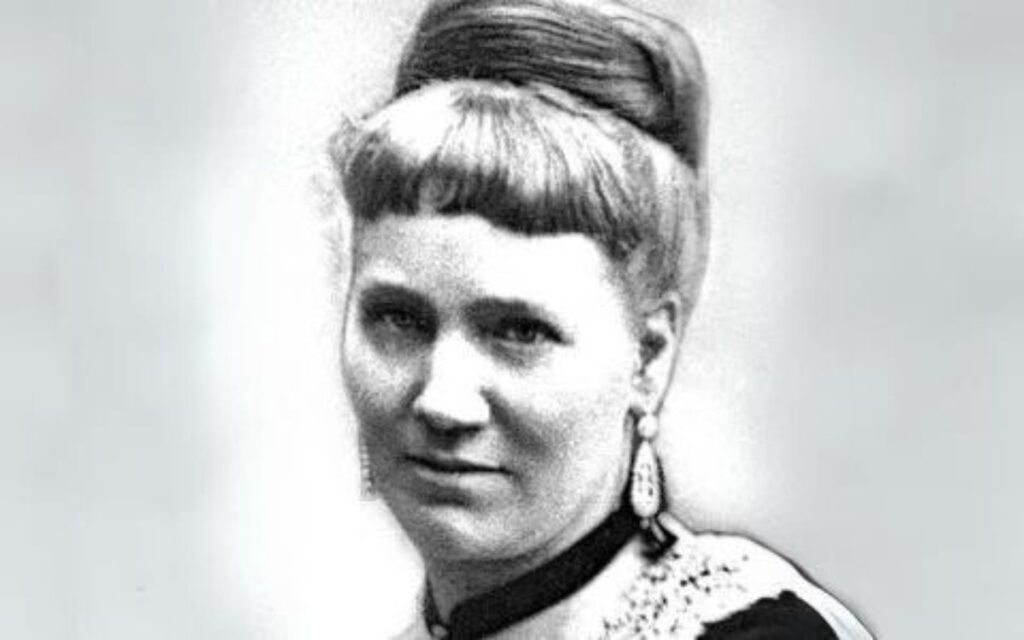
Who was Florence Marryat?
Victorian novelist, actress, playwright, singer, journalist and teacher, Florence Marryat (1833-1899) wrote almost 70 novels in her so-much-more-productive-than-you lifetime.
Onstage she toured the country as part of Gilbert and Sullivan comic opera, Patience and co-wrote her own comedic piano sketches with friend and fellow actor George Grossmith.
Late in her life, and in a less light-hearted vein, she published two of her most famous works of non-fiction – There is No Death (1891) and The Spirit World (1894) – as well as two of her more fantastical works of fiction, The Risen Dead (1891) and The Blood of the Vampire (1897).
It is, of course, these works (or, two of them at least) that we’re looking at here.
On Seances and Spiritualism
While Marryat certainly became very interested in death and the ‘other side’ as the 1890s approached (perhaps in response to the 1887 death of her beloved daughter Eva, and her own advancing age), the very useful website www.florencemarryat.org notes that:
“while working for a London newspaper in 1874, Florence interviewed a prominent clairvoyant, and that marked the beginning of a lifelong belief in spiritualism. She became a keen participant in seances, claiming to have communicated with her brother Frank, who had died in a shipwreck, and her two dead daughters.”
Marryat was an important enough figure in the hugely popular Victorian movement that in 1891, she opened the Marylebone Spiritualist Association’s new Hall and her books on the subject provided ample material for true believers to reinforce their positions.
There Is No Death (1891)
Beginning chapter one of her most famous book by describing “the wonderful experiences I have passed through in my personal investigation of the science of Spiritualism” there’s no doubting where her sympathies lie.
he continues, “in doing so I intend to confine myself to recording facts. I will describe the scenes I have witnessed with my own eyes, and repeat the words I have heard with my own ears, leaving the deduction to be drawn from them wholly to my readers.”
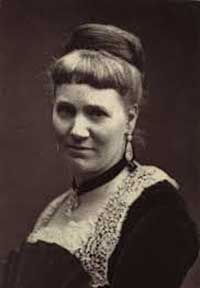
While that sounds reasonable enough, she also points out, in a haughtily Victorian way “though I am about to record a great many incidents that are so marvellous as to be almost incredible, I do not expect to be disbelieved, except by such as are capable of deception themselves.”
So, that’s told all you sceptics out there, hasn’t it? Bunch of deceivers…
Anyway, for those interested, There Is No Death is now in the public domain and freely available in full, here: http://www.gutenberg.org/files/39212/39212-h/39212-h.htm
The Blood of the Vampire (1897)
Somewhat unfortunately published in the same year as Bram Stoker’s own, quite successful novel, (how’s that for timing that’ll consign you to the forgotten/bargain bin of late nineteenth century vampire literature?), Marryat’s version of a vampire is a very different one.
For starters, Harriet Brandt, is female, and relies more on draining psychic life energies (or some such thing) from her victims, than their actual blood. And in a brilliant bit of backstory-ing, Harriet also happens to be the daughter of a mad scientist and a mixed-race Voodoo priestess.
A somewhat forgotten book nowadays, the novel’s summary at www.florencemarryat.org states that Harriet “represents both the racial ‘other’ and the New Woman of the period, both of whom were perceived as a threat to fin-de-siècle society. This curious novel engages with key debates, such as race, women’s rights, heredity, syphilophobia and the occult.”
I’ll be honest. It doesn’t sound that great.
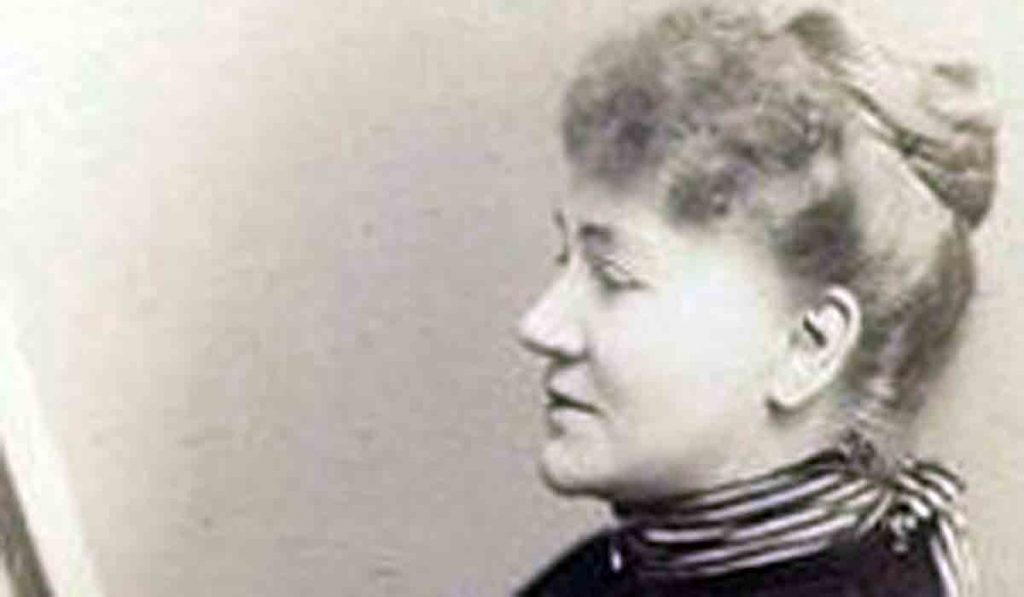
What the Victorians Said
On the novel’s publication – for the sum of six shillings – the Liverpool Mercury’s review was a little more straightforward. And enticing…
“Miss Marryat is always entertaining, if it cannot be said that she is consistent. In the present instance, she has taken an old Hungarian legend as her subject matter, and upon the hideous superstition concerning the Vampires and their blood-sucking race she has raised a romantic superstructure.”
The Mercury continues and concludes by saying “with ever-increasing excitement Miss Marryat pursues her object to the bitter end. To say that the book is a pleasing one is to attribute to the reader a delight in the horrible; but that it is fascinating is very certain.”
You see, the Victorians always phrase it so well.
That review sold it to me at least, and the electronic edition (with introduction and explanatory notes) is now sitting on my Kindle, staring accusingly at me and waiting for me to get round to actually reading it.
Tell us your thoughts on this article about Florence Marryat in the comments section below!


